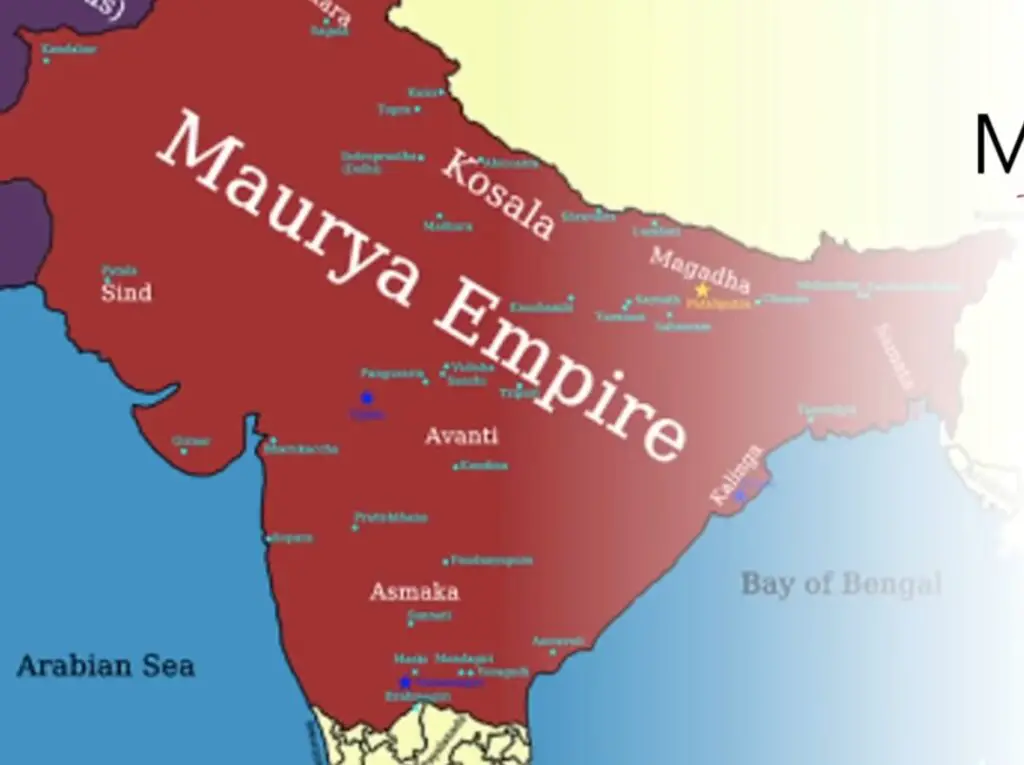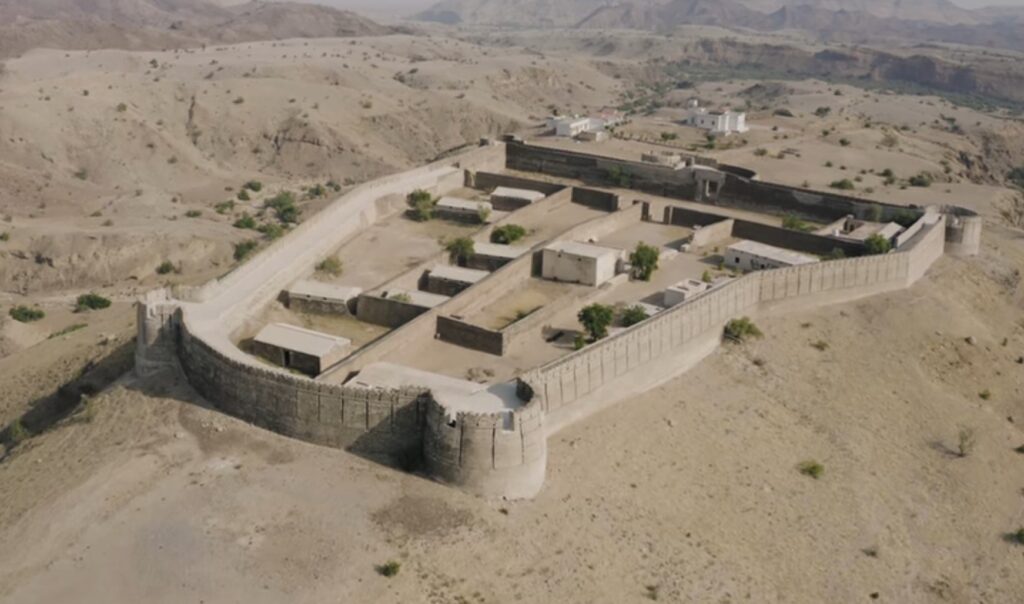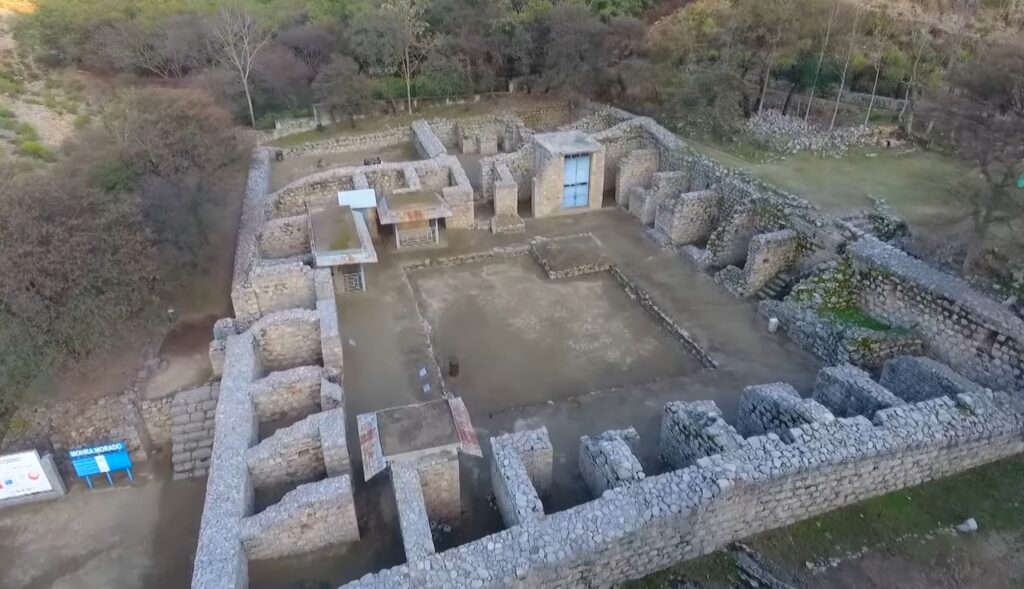The Maurya Empire was one of the largest and most powerful empires in ancient India, reigning over a vast territory from around 321 BCE to 185 BCE. The Maurya Empire was founded by Chandragupta Maurya, who overthrew the Nanda dynasty in the Magadha region of northeastern India.
History of Maurya Empire
Under the leadership of Chandragupta Maurya and his grandson Ashoka, the Maurya Empire expanded its borders to cover almost all of present-day India, Pakistan, and parts of Bangladesh, Nepal, and Afghanistan. The Maurya Empire was known for its efficient administrative system, including a vast network of officials and spies who helped maintain law and order.
One of the key factors that contributed to the success of the Maurians was the efficient collection of taxes. The empire had a complex taxation system that included land taxes, customs duties, and taxes on commerce and trade. The revenue collected was used to fund the empire’s extensive infrastructure, which included the construction of roads, hospitals, and universities.
During the reign of Ashoka, the Empire reached the pinnacle of its power and influence. Ashoka is known for his policy of religious tolerance and his conversion to Buddhism, which had a significant impact on the spread of Buddhism in India and other parts of Asia. Ashoka’s edicts, which were inscribed on rocks and pillars throughout the empire, promoted religious tolerance, nonviolence, and compassion.
Maurya Empire Contributions to Art & Architecture
The Maurya Empire was also known for its significant contributions to art and architecture. The empire’s art was characterized by its intricate designs, vibrant colors, and use of a wide range of materials, including stone, metal, and ivory. The empire’s architecture was marked by the construction of monumental structures such as the Great Stupa at Sanchi, which is considered to be one of the finest examples of Buddhist architecture in the world.
The Maurya Empire was a remarkable example of an ancient Indian civilization that left a lasting impact on the region’s history, culture, and society. The empire’s efficient administrative system, taxation policies, and infrastructure projects set the standard for other empires that followed. The empire’s embrace of Buddhism and its contributions to art and architecture continue to inspire scholars and historians today. The Maurya Empire serves as a reminder of the power and influence of ancient Indian civilization and its impact on the world.
Decline of Maurya Empire
The decline of the Maurya Empire began with the death of Ashoka, as subsequent rulers were unable to maintain the empire’s vast territory and administrative system. The empire eventually disintegrated into several smaller states, paving the way for the rise of other powerful empires in the region, such as the Gupta Empire.
Despite its eventual decline, the Maurya Empire had a significant impact on Indian history and culture. The empire’s contributions to science, literature, and the arts helped shape Indian civilization for centuries to come. The Maurya Empire also played a significant role in the spread of Buddhism, which continues to be one of the major religions in India and other parts of Asia.
Today, the legacy of the Maurya Empire can be seen in the numerous archaeological sites and monuments that have been uncovered throughout India. These sites include the ancient capital of Pataliputra (modern-day Patna), the Great Stupa at Sanchi, and the Ashoka Pillar at Sarnath. These sites serve as a reminder of the empire’s greatness and its enduring impact on Indian civilization.
In conclusion, the Maurya Empire was a remarkable ancient Indian civilization that left a lasting impact on the region’s history and culture. The empire’s efficient administrative system, taxation policies, and infrastructure projects set the standard for other empires that followed. The empire’s contributions to science, literature, and the arts helped shape Indian civilization for centuries to come, and its embrace of Buddhism continues to be felt throughout Asia. The Maurya Empire serves as a testament to the enduring legacy of ancient Indian civilization and its impact on the world.





